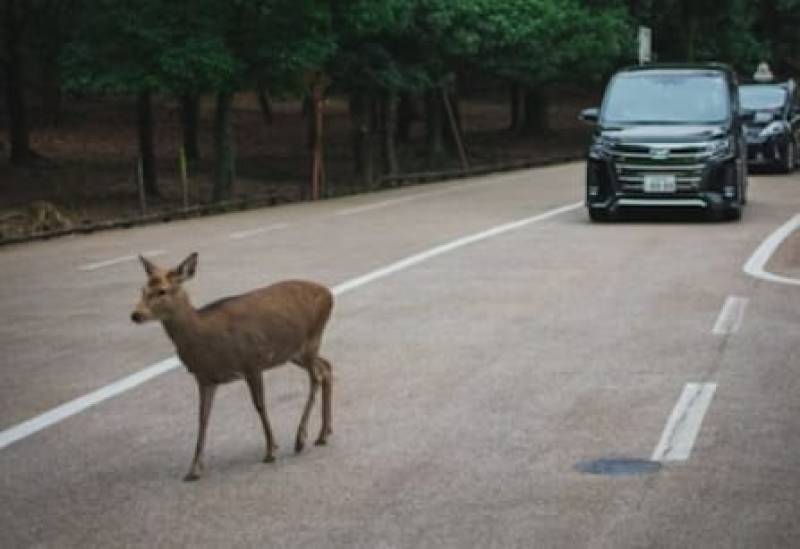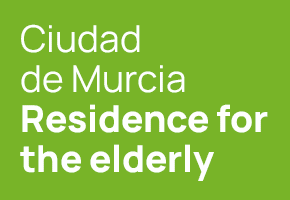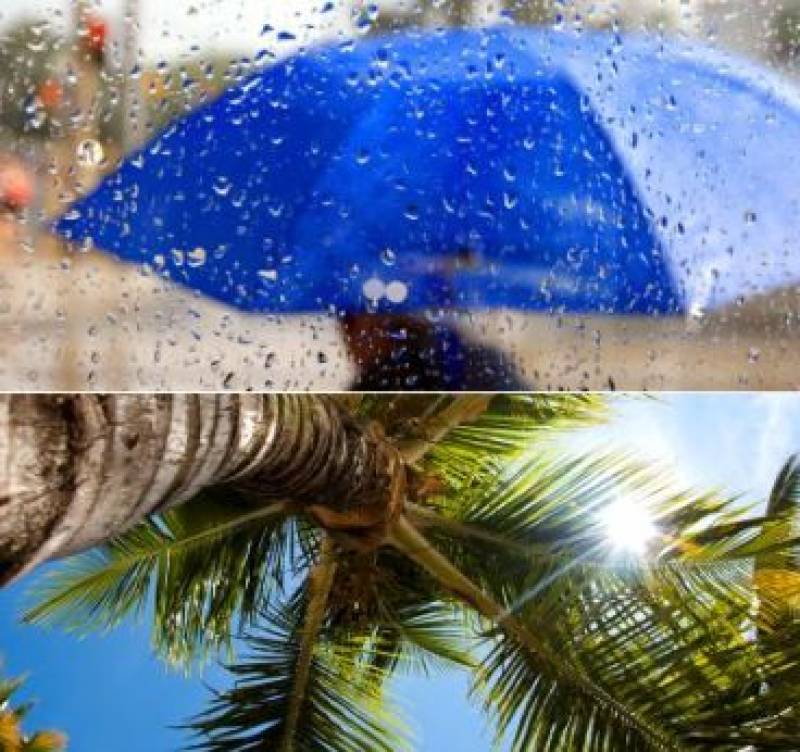- Region
- Vega baja
- Marina Alta
- Marina Baixa
- Alicante
- Baix Vinalopo
- Alto & Mitja Vinalopo
-
ALL TOWNS
- ALICANTE TOWNS
- Albatera
- Alfaz Del Pi
- Alicante City
- Alcoy
- Almoradi
- Benitatxell
- Bigastro
- Benferri
- Benidorm
- Calosa de Segura
- Calpe
- Catral
- Costa Blanca
- Cox
- Daya Vieja
- Denia
- Elche
- Elda
- Granja de Rocamora
- Guardamar del Segura
- Jacarilla
- Los Montesinos
- Orihuela
- Pedreguer
- Pilar de Horadada
- Playa Flamenca
- Quesada
- Rafal
- Redovan
- Rojales
- San Isidro
- Torrevieja
- Comunidad Valenciana
Date Published: 09/07/2025
From forest to freeway: Spain sees surge in animal-related road accidents
A third of all traffic accidents now involve animals
 Traffic accidents involving animals have doubled in Spain over the last decade, with more than 36,000 incidents reported last year, according to new figures released by the Spanish Road Traffic Association and presented this week at the DGT (General Directorate of Traffic) headquarters.
Traffic accidents involving animals have doubled in Spain over the last decade, with more than 36,000 incidents reported last year, according to new figures released by the Spanish Road Traffic Association and presented this week at the DGT (General Directorate of Traffic) headquarters.
Although the sheer number is high, most of these crashes don’t lead to serious injuries. In fact, only 1.5% involved casualties, with just eight fatalities and 58 people hospitalised, highlighting the low severity, but high frequency, of these types of accidents.
The vast majority (88%) happen on standard roads rather than motorways, particularly in rural or "Green Spain" areas like Galicia, Castile and León, and Castile-La Mancha. Autumn and winter are the most accident-prone seasons, when wildlife tends to roam further in search of food.
Collisions are by far the most common scenario, making up 98% of the total, while a small percentage involve drivers swerving to avoid animals and leaving the road. Wild boars are the biggest culprits, involved in 42% of these incidents, followed by roe deer (32%) and canines (8%).
DGT director Pere Navarro has said, “This data reflect a growing problem that reinforces the need to develop effective preventive measures to minimise its incidence without unnecessarily alarming the population.”
In a move to tackle the problem, the DGT has identified 150 road sections across Spain now classified as TEFIVA (Tramos con Especial Frecuencia de Incidentes con Fauna). These are stretches of at least one kilometre where at least 10 animal-related accidents have occurred in the last five years, including one fatal incident. Together, they represent just 0.8% of the national road network but account for 21% of all wildlife-related crashes with injuries.
Several new technologies and strategies are being tested to keep drivers and animals safer. These include LED warning signs, thermal sensors, and AI-based animal detectors, already in use in areas such as La Rioja and Castilla y León. Even “perfumed fences” - scented barriers using animal-repelling scents - are being rolled out to stop wildlife from approaching roads.
These latest updates follows earlier examples to reduce traffic accidents involving animals, especially pets, which are a frequent hard in more urban areas.
A pilot project is also underway to integrate real-time alerts into GPS systems via DGT 3.0, warning drivers when they're approaching high-risk sections.
As one official put it, “We need to stop thinking about road safety without considering wildlife. Roads must be designed with nature in mind if we want to build a safer, more sustainable network.”
Christian MacMillan/Unsplash
staff.inc.ali
Loading
See more news about animals in Spain:
OR
Sign up for the Spanish News Today Editors Roundup Weekly Bulletin to get a comprehensive email with all the week’s news for Spain, Murcia, Alicante and Andalucía.
Get a sneak peek – here are a few of our recent Subscription Bulletins:
Discount Special Offer subscription:
36.95€ for 48 Editor’s Weekly News Roundup bulletins!
Please CLICK THE BUTTON to subscribe.
Contact Murcia Today: Editorial 000 000 000 /
Office 000 000 000


























